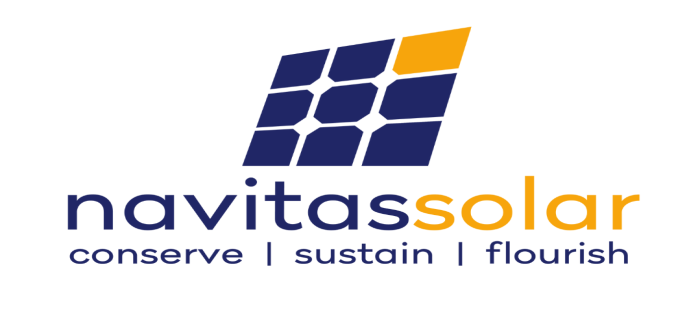
Technological Advancements in the Solar Market
23 Nov 2023
Solar PV has the potential to be a key technology for the energy transition, but barriers and gaps remain to be addressed across the ecosystem which. Challenges including improvement of supply chain resilience through a diversified and vertically integrated manufacturing, appropriate disposal and recycling of solar waste, minimization of toxic components and clear policy initiatives, Improved project development via design optimization, skill development, market support for advanced technologies, standardization of quality across manufacturing with frequent updation of benchmarks and improved testing infrastructure, optimization of module bill of materials(BOM) and greening of supply chains to minimize industry’s carbon footprint.
Now, talking about the growth of silicon-based solar cell, the growth is significant in the last decade and is expected to continue as silicon-based technologies are considered as the PV technology of choice around the world. In today’s world, it can be said that crystalline silicon PV evolved as synonymous to the silicon-based PV. Moreover, among the crystalline solar PV technologies, mono crystalline silicon PV dominates in the market share over the multi crystalline PV technology as shown in the figure below of percentage (%) share of crystalline silicon solar PV technologies. In the last decade, there has been significant improvements in efficiency and power ratings of solar PV modules. Off scaling of production has led to low cost of the source material. Cost Price exponentially decreases with time until the technology of product is fully developed. The price of solar module price has been reduced significantly over the last 15 years from $5.8 per watt in 2008 to $0.21 per watt in the first quarter of 2023. In the same period, cumulative capacity is grown by two orders of magnitudes.
Discussing about ingots, while ingot making and wafering are two different steps, they are typically accomplished under one roof. The polysilicon melted and solidified into a large and solid block of crystalline silicon- ingots that weighs of several hundred kilograms. The ingot is then cut into thin slices called wafers. As shown in the graph below of Share of Mono and Multi Crystalline Si Ingot Manufacturing Capacity (MW), monocrystalline silicon is now by far the dominant technology being utilized for solar cell production, while multi crystalline silicon manufacturing capacity has stagnated and started to fall as the technology that is no longer the preferred material for crystalline silicon cells. The trends to larger ingot mass production are expected to continue and Czochralski process growth is found to be the mainstream technology in crystallization.
Using a Czochralski method, monocrystalline ingots are carefully pulled from the molten silicon in a quartz crucible. The p-type base doping is achieved with either boron or gallium and n-type doping is achieved with phosphorus. Multi crystalline is low cost with lower efficiency potential, in contrast to the monocrystalline. In fact, multi crystalline was dominating the market till 2017, but with the advent of PERC and compatibility of cell architecture with monocrystalline, it has become the top choice product.
With the time, wafer size and thickness has also increased which resulted into module size increment. The fact behind the approach is that the output power of a PV device is a function of surface area. Thus, increasing the cell size by employing larger wafers is the simplest way to boost module power. The 125 mm wafer size was the standard until 2006, which was then replaced by 156 mm for about a decade. In 2017, a marginally larger wafer size of 156.75mm (M2) was commercialized and around the same time, a few vertically integrated companies ventured into 158.75 mm (G1) and 161.75 mm (M4). In 2018, 166 mm(M6) was first introduced on multi crystalline followed by monocrystalline during 2019. It appeared that M6 was the largest wafer size and would remain so for some time but that thought was short lived. In August 2019, a 210 mm(G12) wafer was introduced. In response to this move, vertically integrated companies came out with 182 mm (M10) wafers in 2020. In the current market, M10 and G12 are the mainstream wafer sizes and the larger formats are expected to take over the market as shown in Figure below of World Market Share of Mono-Si Wafer Sizes. In upcoming time, TOPCon and HJT technologies will also gain much preferences in the solar market. We, at Navitas Solar, a leading module manufacturing company believe that in the upcoming years N – Type TOPCon technology will dominate the Indian Solar Market. We at Navitas Solar will be manufacturing N-type TOPCon modules up to 20 bus bars with power generation capacity of 720 watts per panel. N- Type TOPCon Bifacial panels will be the choice of consumers in the upcoming future.


leave your comment